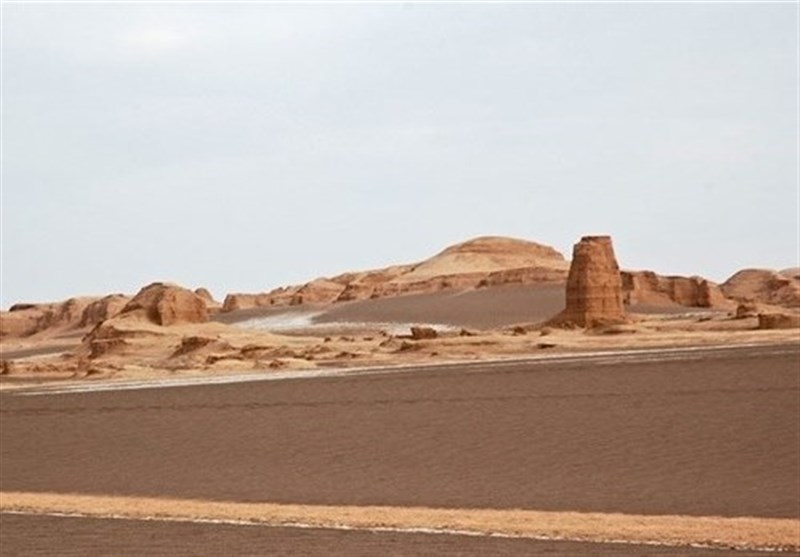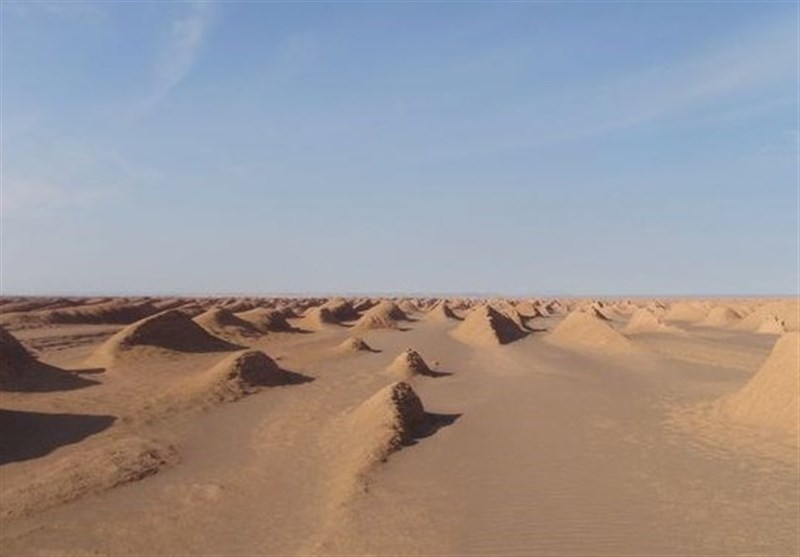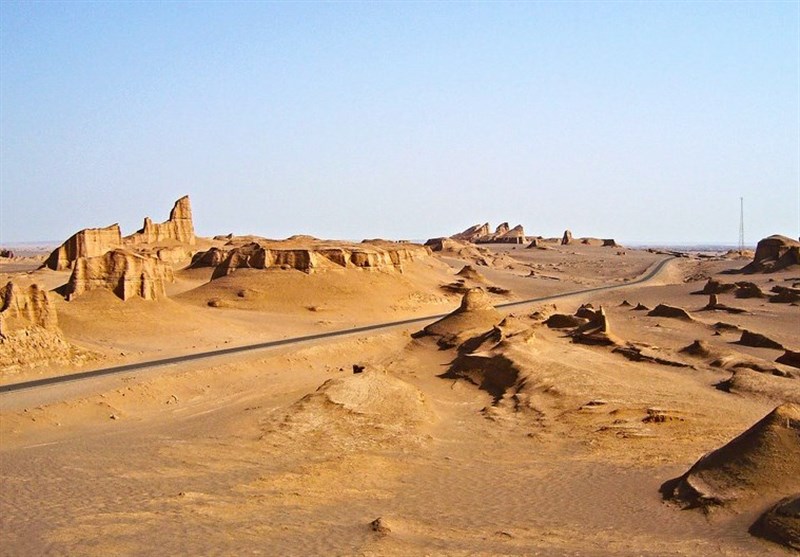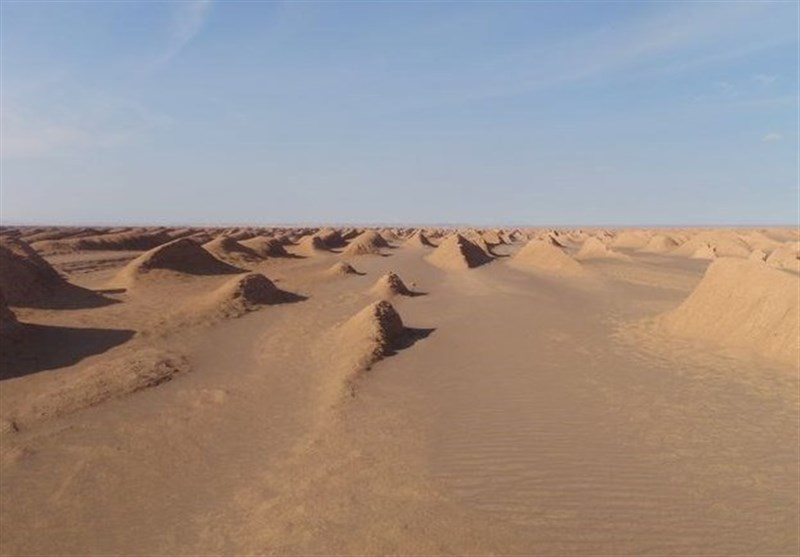Lut Desert: Large Salt Desert in Iran
TEHRAN (Tasnim) - Dasht-e Lut, known as the Lut Desert, is a large salt desert in Kerman and Sistan and Balouchistan Province, southeast of Iran, and is the world's 25th largest desert.
The surface of the sand there has been measured at temperatures as high as 70 °C (159 °F), and it is one of the world's driest and hottest places. It was inscribed to the UNESCO World Heritage Sites list on July 17, 2016.
It lies between two faults: the Nehbandan Fault on the east and the Nayband Fault on the west. The Lut Desert catchment area is about 175 thousand square kilometers (one tenth of the total area of the country) and is 900 kilometers from north to south and about 300 kilometers from west to east. At the foothills facing the Lut Desert, there are relics of human settlements from the fourth millennium B.C.

Dasht-e Lut is geographically divided into three parts:
1. Northern Lut
2. Central Lut
3. Southern Lut
Dasht-e Lut is a natural exhibition of the most wonderful desert topographical features some of which are as follows:
•The largest rock city in the world that looks like a fictional town or the city of Lut
•The largest sand pyramids in the world with a height of 480 meters
•Forty Quaternary volcanic cones
•Extensive sand and gravel zones with colors ranging along a spectrum of light brown to grey and black (called the gorge of gunpowder because the soil is black and looks like gunpowder)

•Plains of pitted basaltic lava (called Gandom Beryan) that are another of the beauties of the Dasht-e Lute
•The Shoor River, the only permanent river that flows in the heart of the Lut Desert, is full of water all year round, and originates from the northwestern mountains of Birjand
•The Nader Cistern, situated on the dirt road towards Nehbandan and Jiroft, which is one of the historical sites of the region
•The Kal-shoor River is another attraction in the region with acidic water that must not be touched
•The nebka effect: the presence of a species of the largest Nebkas in the world on the western border of the region (about 20 kilometers from Shahdad, tamarisk trees and shrubs grow in desert pots called Nebkas).

Resource: UntolidIran, Wikipedia





